Isn’t it annoying when you decide to do start something new, but your tools fail you? This can happen with your Nail Gun too. A nail gun or a nailer is a useful tool that comes in handy if you want to drive nails into wood or another kind of material.
It is a standard tool one uses while constructing or mending simple objects, and because of this reason, it could be frustrating if it stops working in the middle of your work. Has that ever happened to you?

Well, if your answer is yes, we can assure you that next time it happens, you will have a solution for it. Here we are providing a complete guide for nail gun troubleshooting.
Let us begin with understanding the principle of working of a nail gun.
Working of a Nail Gun
To understand the working of a nail gun, we should understand the types of nail gun models available. Some of them are listed below, with their principal parts mentioned along with it.
Pneumatic or Air Powered

Compressed air is supplied via a separate air compressor, which is powered by either electricity or gasoline. A typical pneumatic gun uses a piston located in a cylinder inside the nail gun’s main body, with a long shaft attached to it called a driver. This contacts the head of the nail and forces it into the work surface.
Powder- Actuated Nail Gun
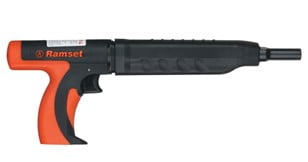
These fall into two categories; Direct drive or high-velocity devices, which use gas pressure acting directly on the nail to drive it. Indirect drive or low-velocity devices use gas pressure acting on a massive piston that drives the nail.
Combustion Powered Nail Gun
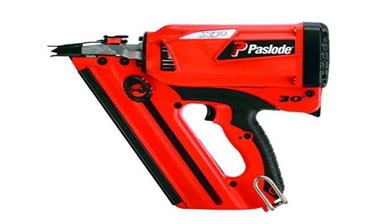
Powered by gas or air explosion in a small cylinder, the piston pushes the nail directly.
Electric Nail Gun
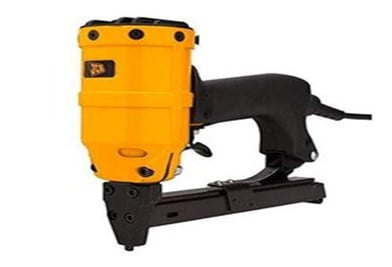
A rotating motor gradually compresses a powerful spring and suddenly releases it.
Pin Nailer
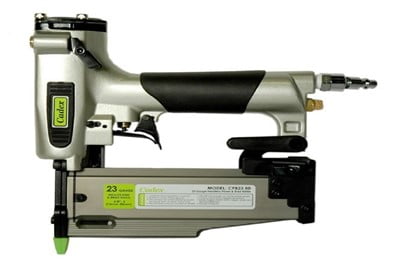
It releases pin-like fasteners. The nails used in these do not have a flat head and small diameter.
Loading a Nail Gun
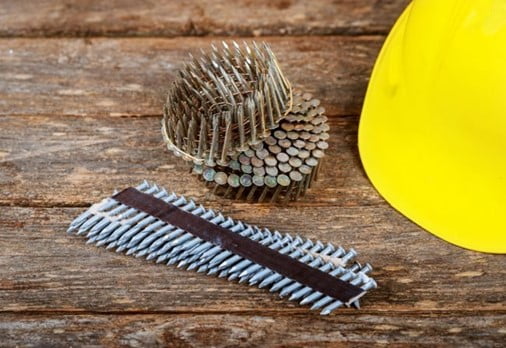
These can be explained in two ways: STRIP- STYLE and COIL- STYLE
Both are connected series of nails either held together by strips of paper, wire, or plastic. Strip- style loaders are straight loaded into an extended magazine like chamber and then fired out the end of the safety tip when loaded. Coil- style is in a coil-like configuration and fits onto a round feed chamber, which fires out the end of the safety tip when loaded. Both styles use spring to load the next nail as one is fired.
Gun Firing Methods
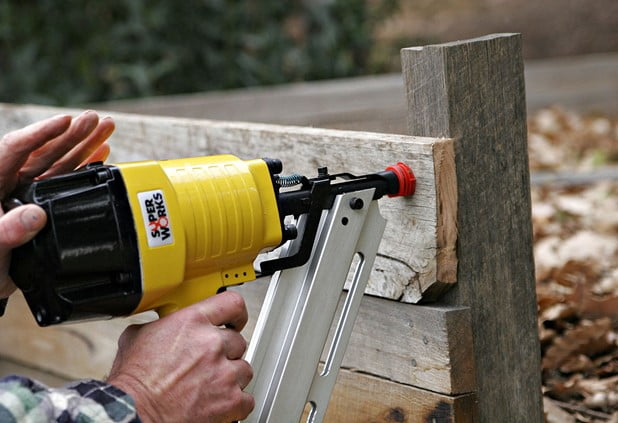
Some guns can be fired in more than one manner, depending on what you are working on. They can be categorized as contact or sequential firing methods.
Contact or bump firing allows you to drive the nail only by ‘bumping’ the safety tip against the surface you are working upon.
Sequential firing requires both the trigger pulled and the safety tip against the surface. Some work as a hybrid of the two, and others require some specific steps before the nail with discharge.
Pneumatic Nail Gun Troubleshooting
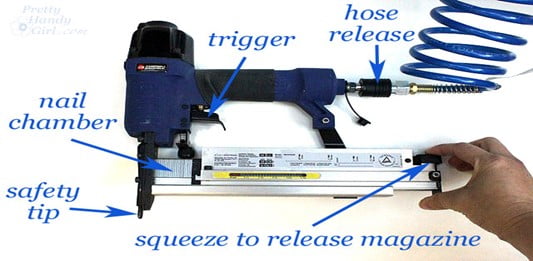
Pneumatic nailers are strong and can handle long hours of work. If your gun has stopped working, you can follow the steps listed to troubleshoot your problem.
Resolve Air Pressure Issues
Make sure to use correct air pressure; most nailers work on 100 psi to 120 psi. It is the most common problem with pneumatic nail guns. Simple air leaks can create these problems due to regular wear and tears in the machine itself. You can try to ‘unseat’ an o- ring or valve and readjust it.
To reseat an air gun seal, dry fire the gun and give a hit with your hand; this will help move parts into place. If the air is still leaking out the front of the vents, then you can do one of two things: replace the nailers’ nosepiece, or the o- ring is either dried out or is broken and needs replacing. The o- ring is inexpensive and can be easily replaced.
If it is leaking out the back, you may have to reset the seals. But if it continues to leak out the trigger, you may have a faulty trigger, which is not commonly sold separately, so most probably, you will have to replace the entire assembly.
Check for Compressor Issues
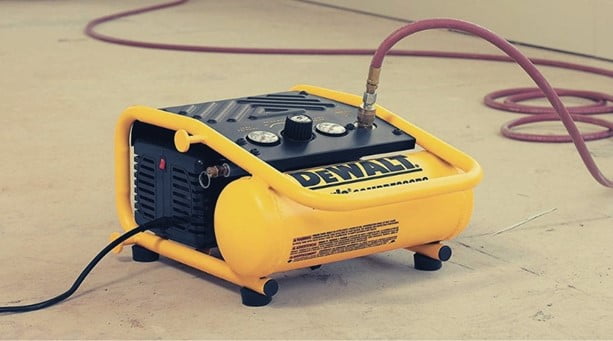
If your gun is not firing or weakly firing, checking your compressor is a good idea. This device is the power source of the compressor. The air for the nail gun comes from the compressor.
Check the gauge to see if it has fallen below its usual strength, and look for the manual to see the manufacturer’s guidelines on nail gun air pressure. Consider tightening the air pressure and check if this produces a good fire.
If it still cannot work, try removing the compressor and emptying the device’s air. Examine oil levels and check for moisture in the compressor motor.
Check for Driver issues
The driving blade can become dirty and cause poor performance. It needs to be adequately lubricated. Another standard solution is that something could be jammed or wedged in the driving blade, which can occur when a nail gets stuck near the firing mechanism and does not descend into the muzzle. Make sure it is free of any obstructions.
You could find many nails jammed there if you repeatedly tried to fire the gun. You may try to wrench it out with a pair of pliers if the gun is incredibly tightly jammed but make sure that the gun is directed away from you before you try to release the stuck nail.
Nailers Feel Under Powered
The most common cause of a sluggish nailer is due to an incorrect setting on the air supply.
Check if your Guide is Not Working or is Inconsistent
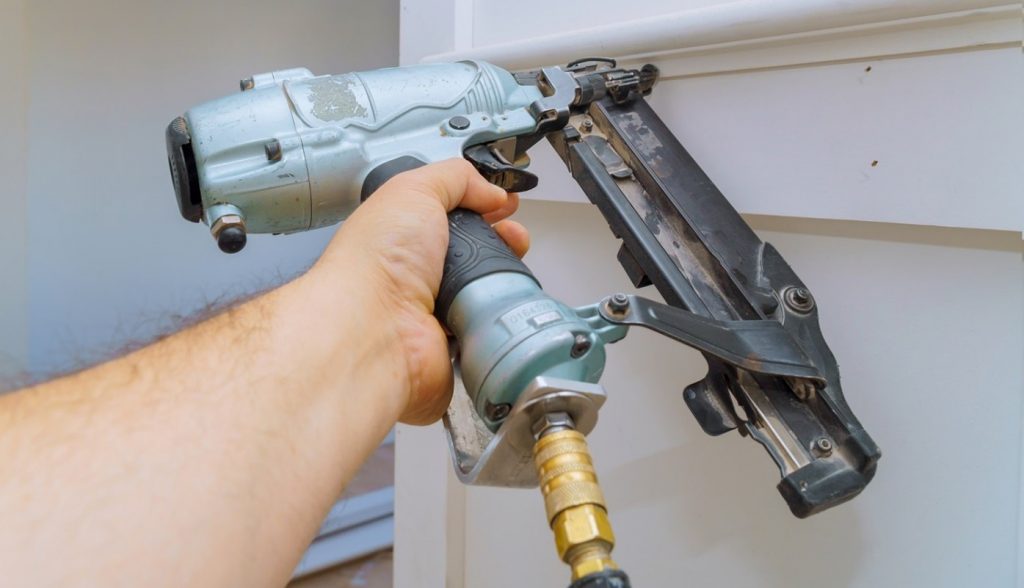
Guides become bent through misuse, often caused by hitting the magazines against a hard surface either unintentionally or while helping. With time this will bend the magazine in integrals, creating a scenario that narrows the channel and can even bend or break the guide. Loader springs can also be damaged because of this, can begin to wear out. But these can be easily replaced.
Narrowed channels may be carefully widened with a flat head of a screwdriver or other tool; however, this will be a temporary fix.
Cordless Nail Gun Troubleshooting
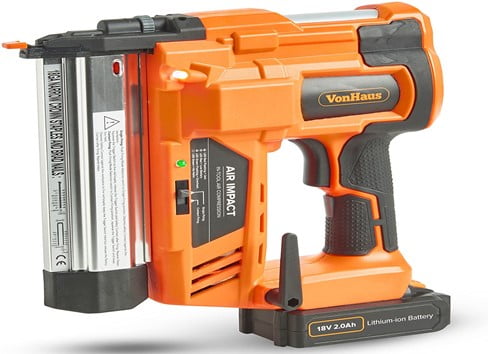
A cordless nail gun works on a battery or a battery and fuel canister to fire a nail. Maintaining your gun is essential to keep away dirt and prevent clogging.
Make sure your battery is fully charged and is not too old as they do not hold as good of a charge and provide less power.
In case you are using a combustible version, make sure your canister is not empty and is appropriately connected. Also, remember to check your spark plug, be it any model.
Conclusion
As we have reached the end of this article, you now have a good understanding of the possible ways you can troubleshoot nail gun problems.
Being a simple design tool, it is easy to find the faulty part in it and the cause of the problem, and now since you will have prior knowledge, the solution is too!

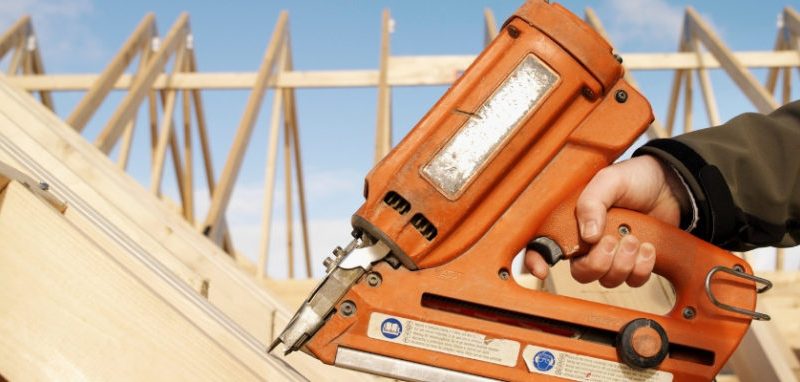
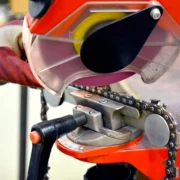
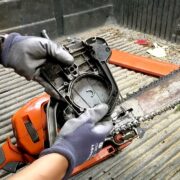
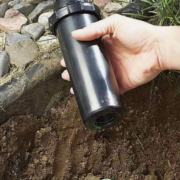
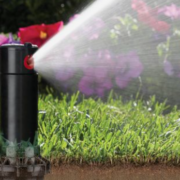
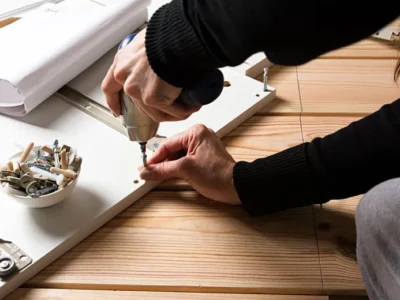
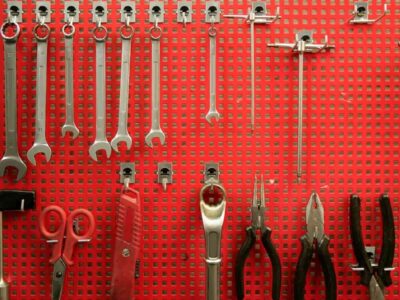
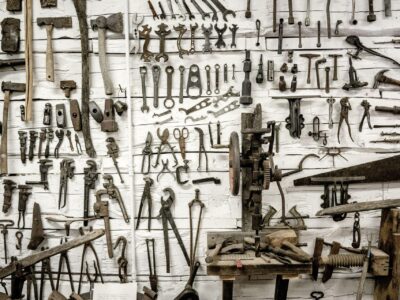
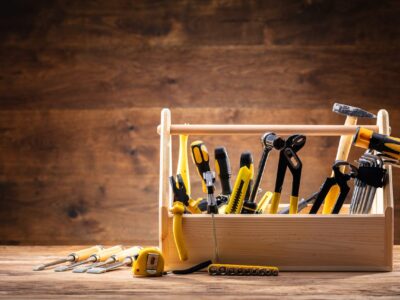


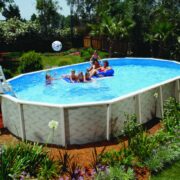

Comments